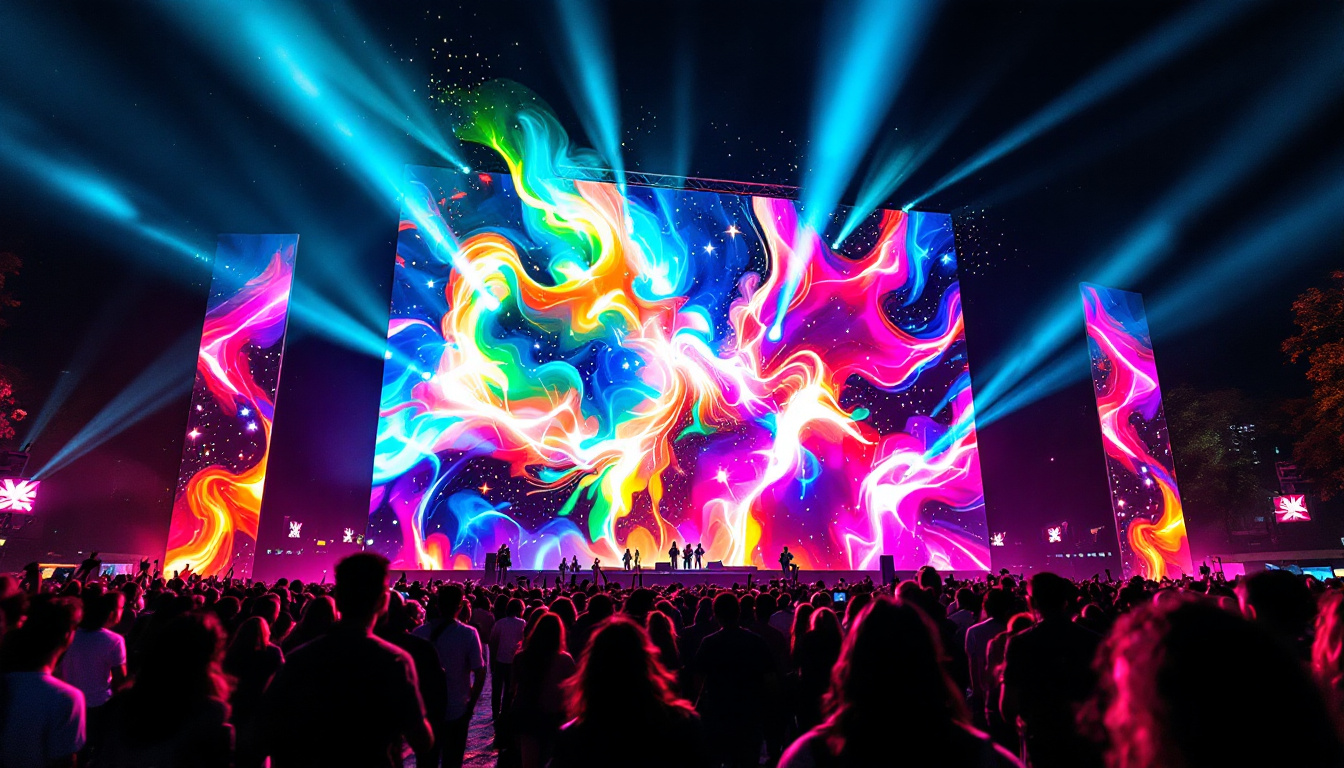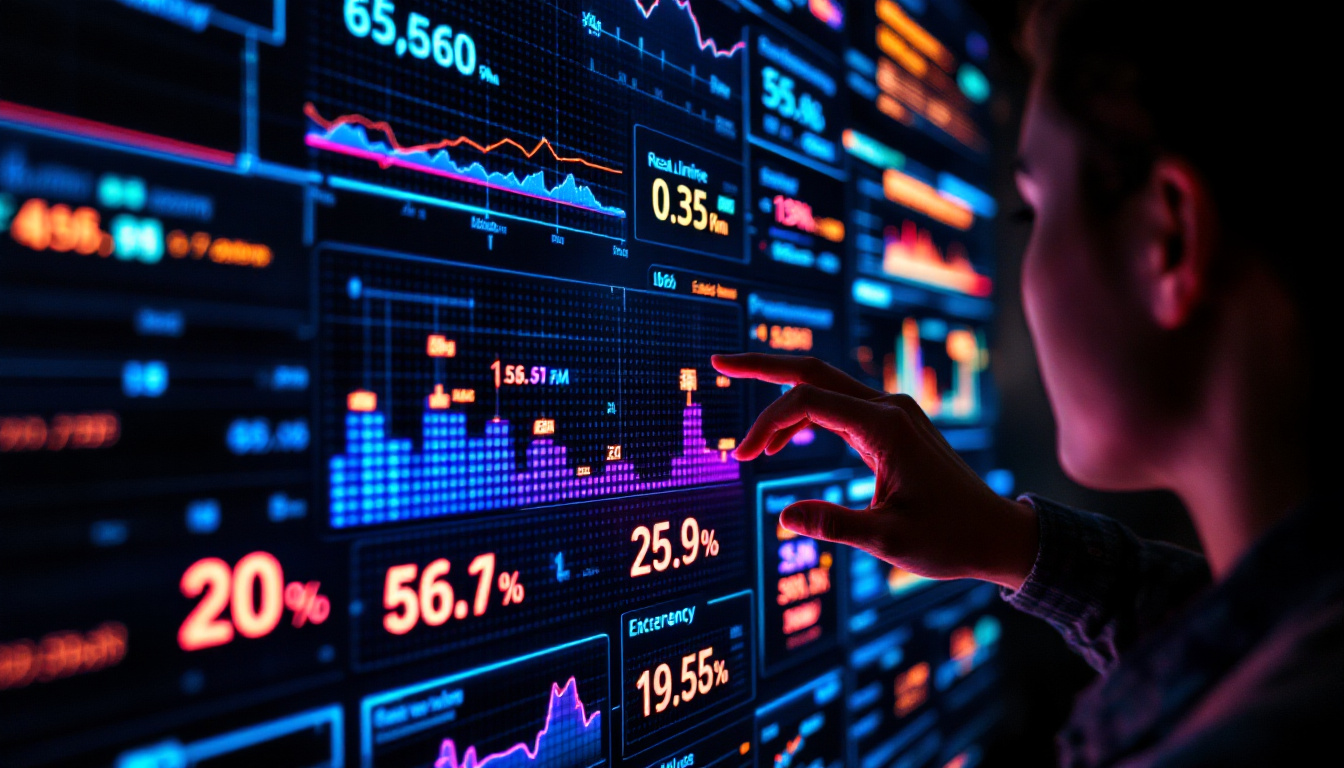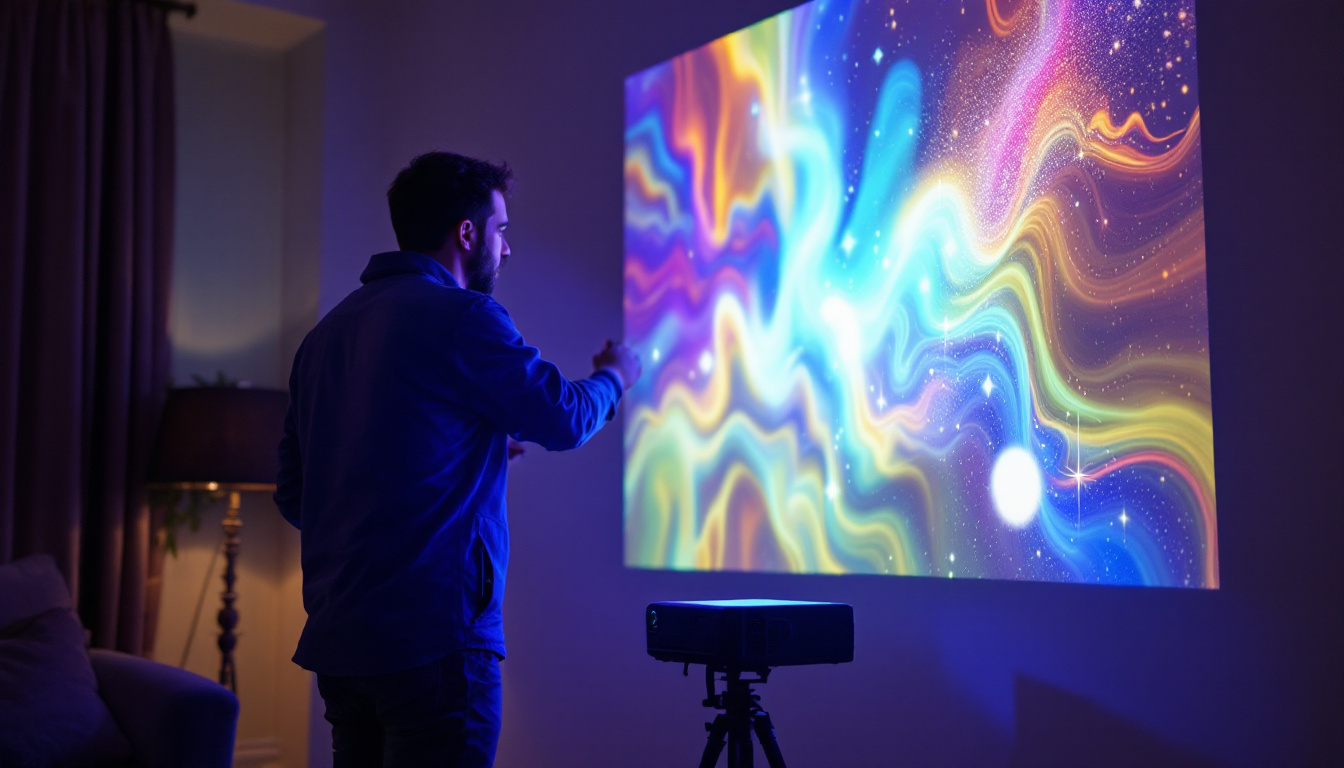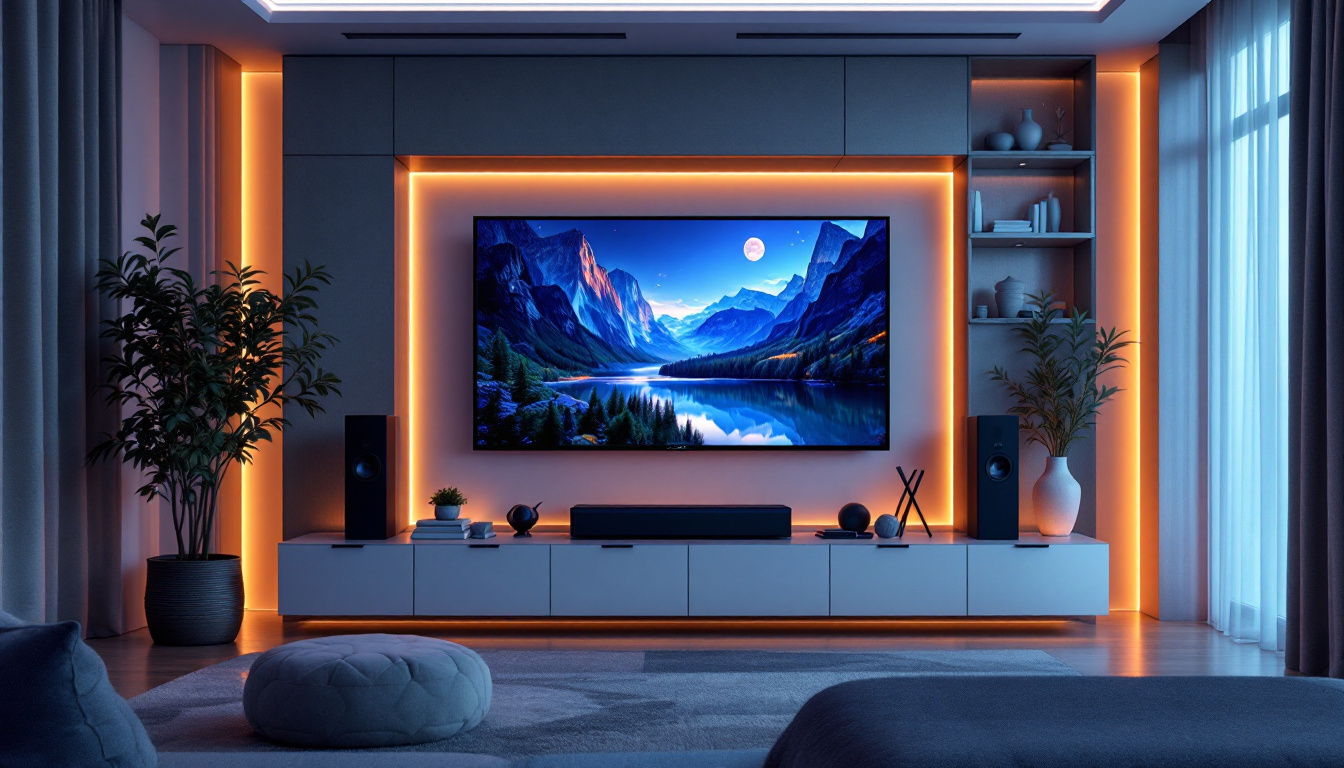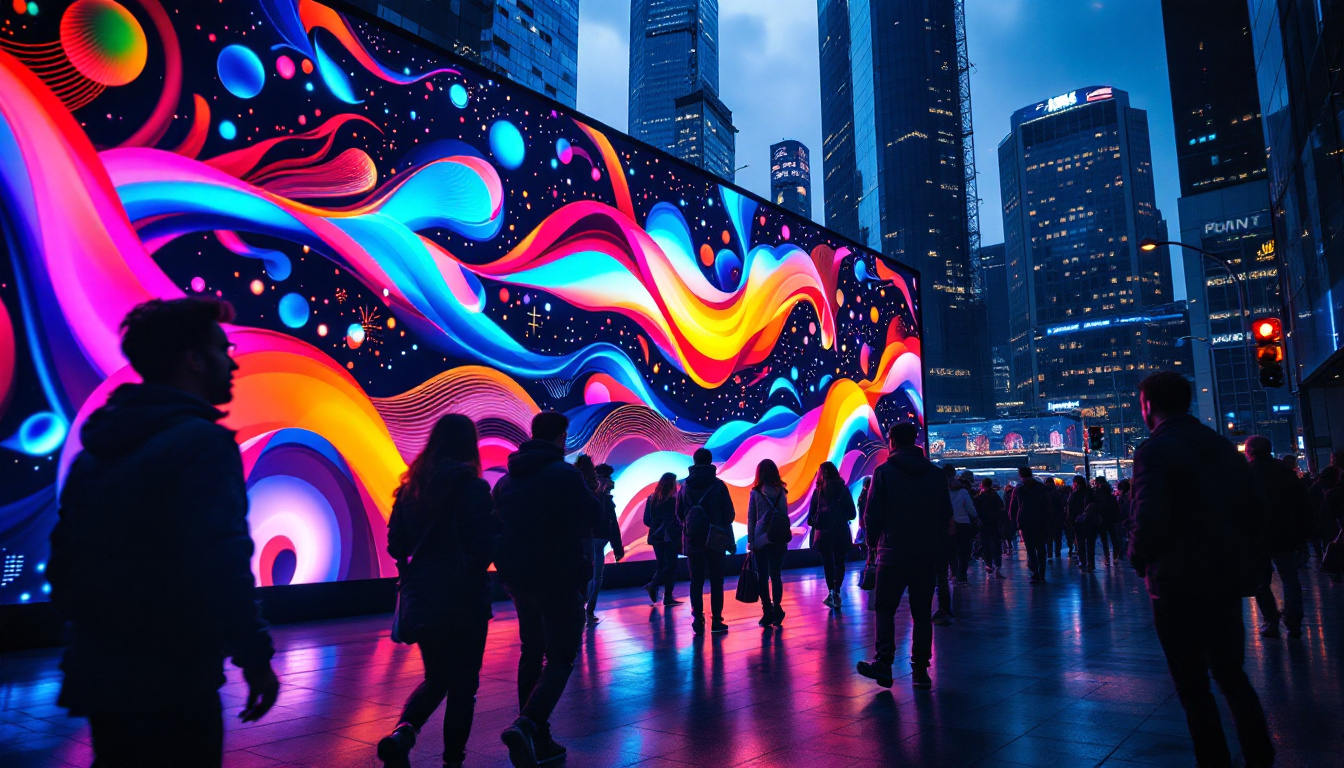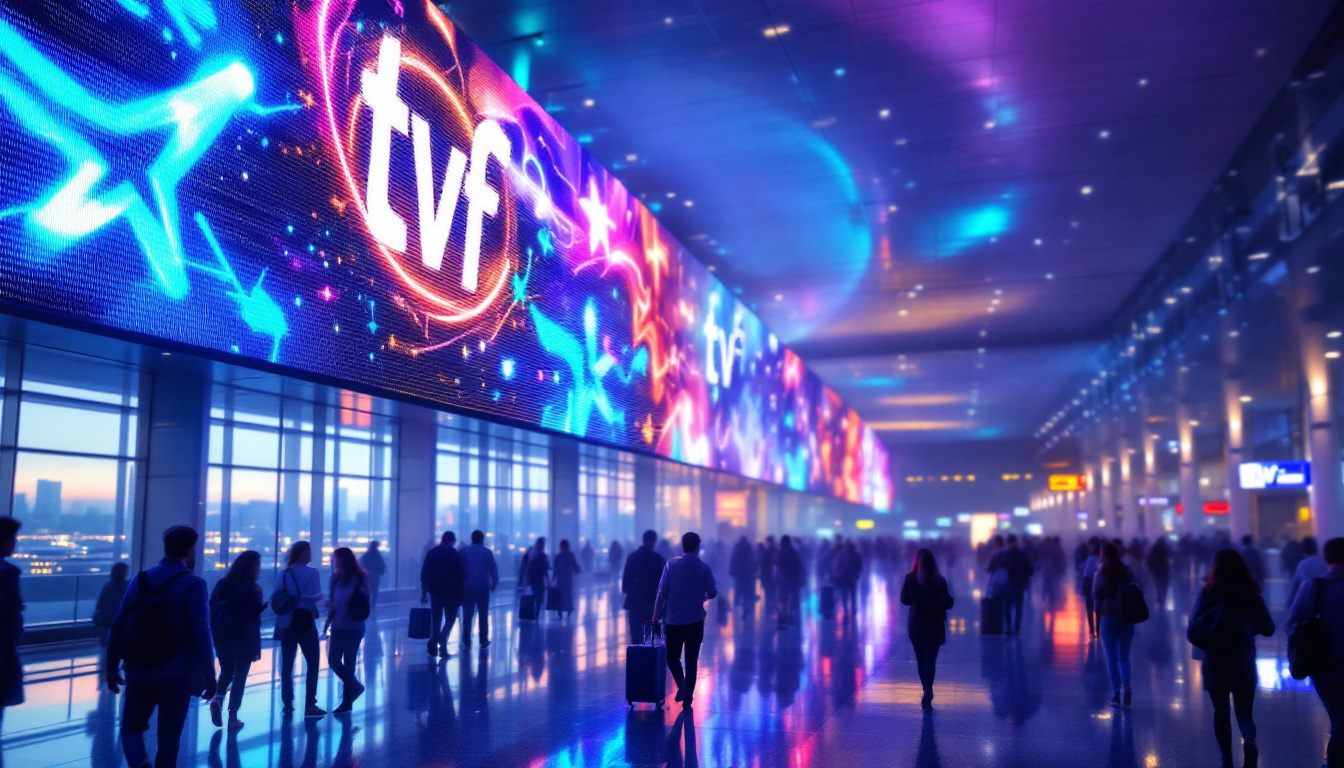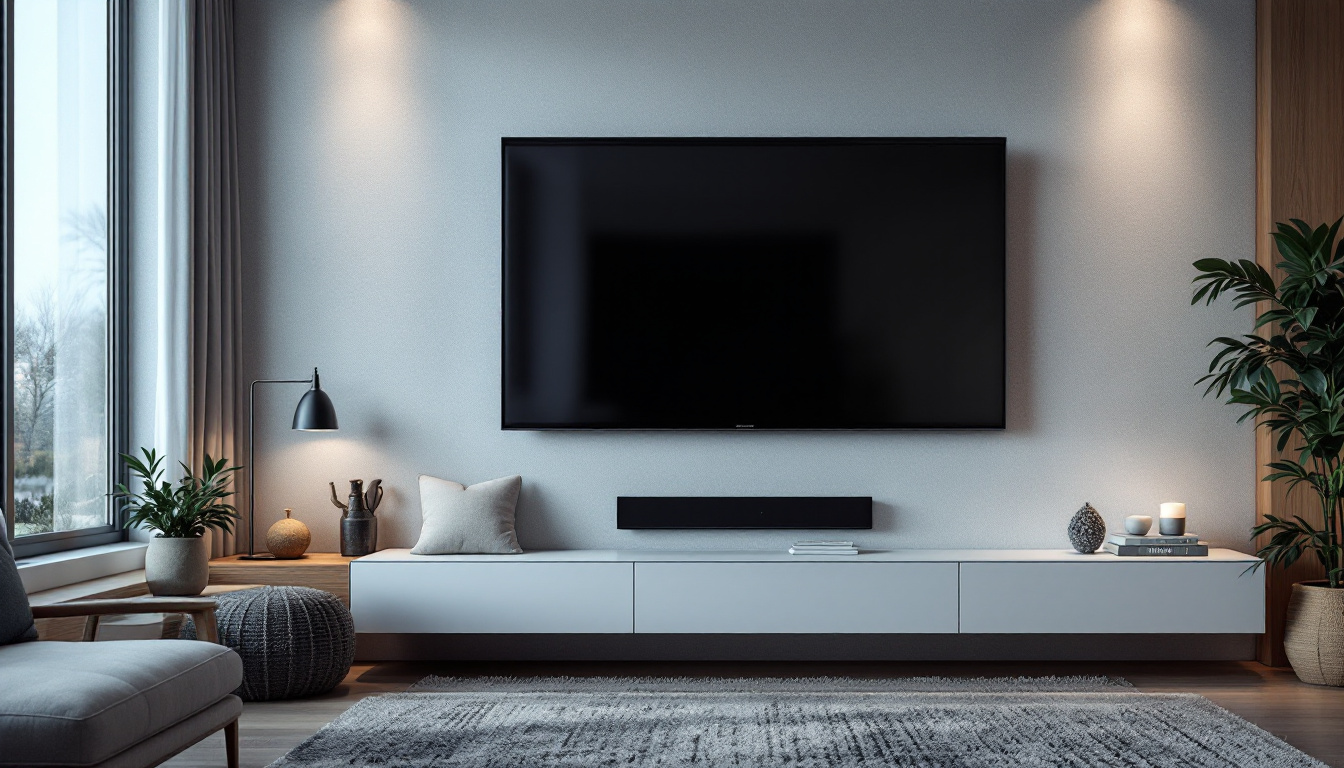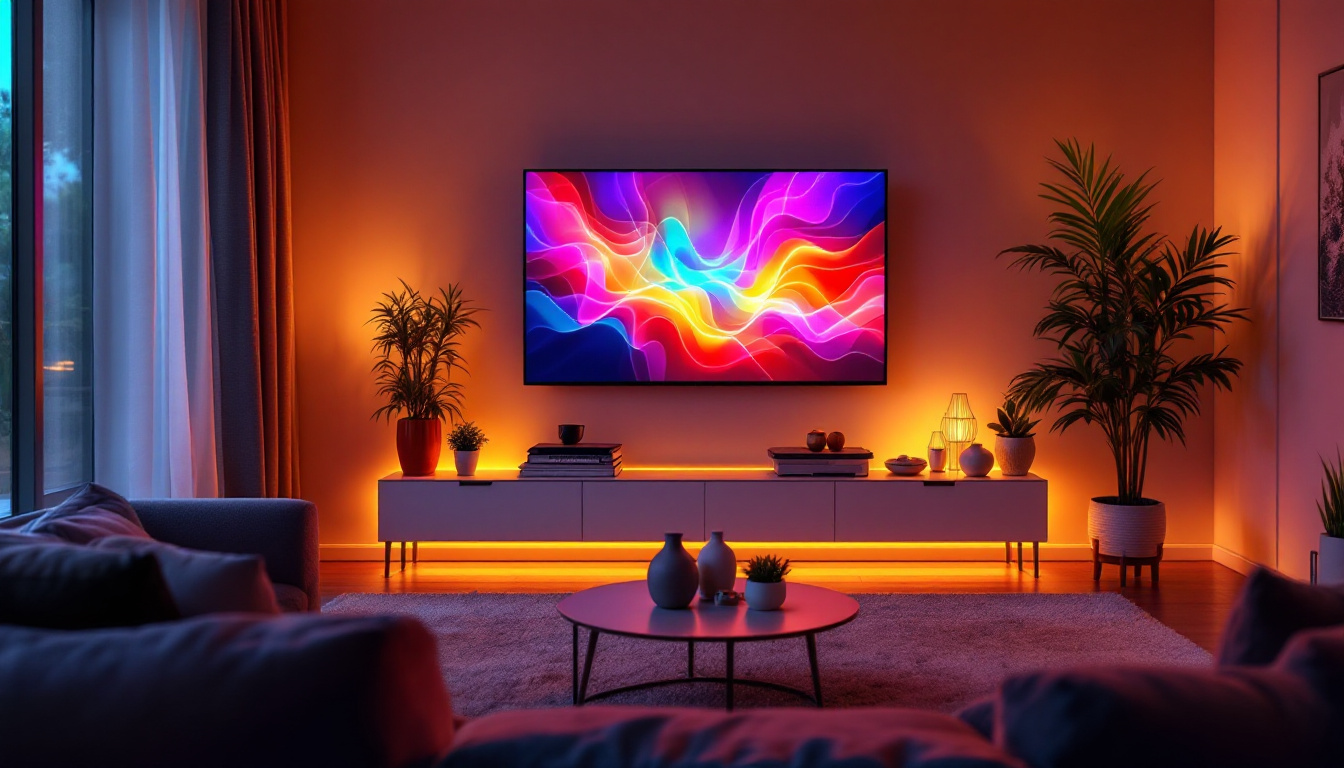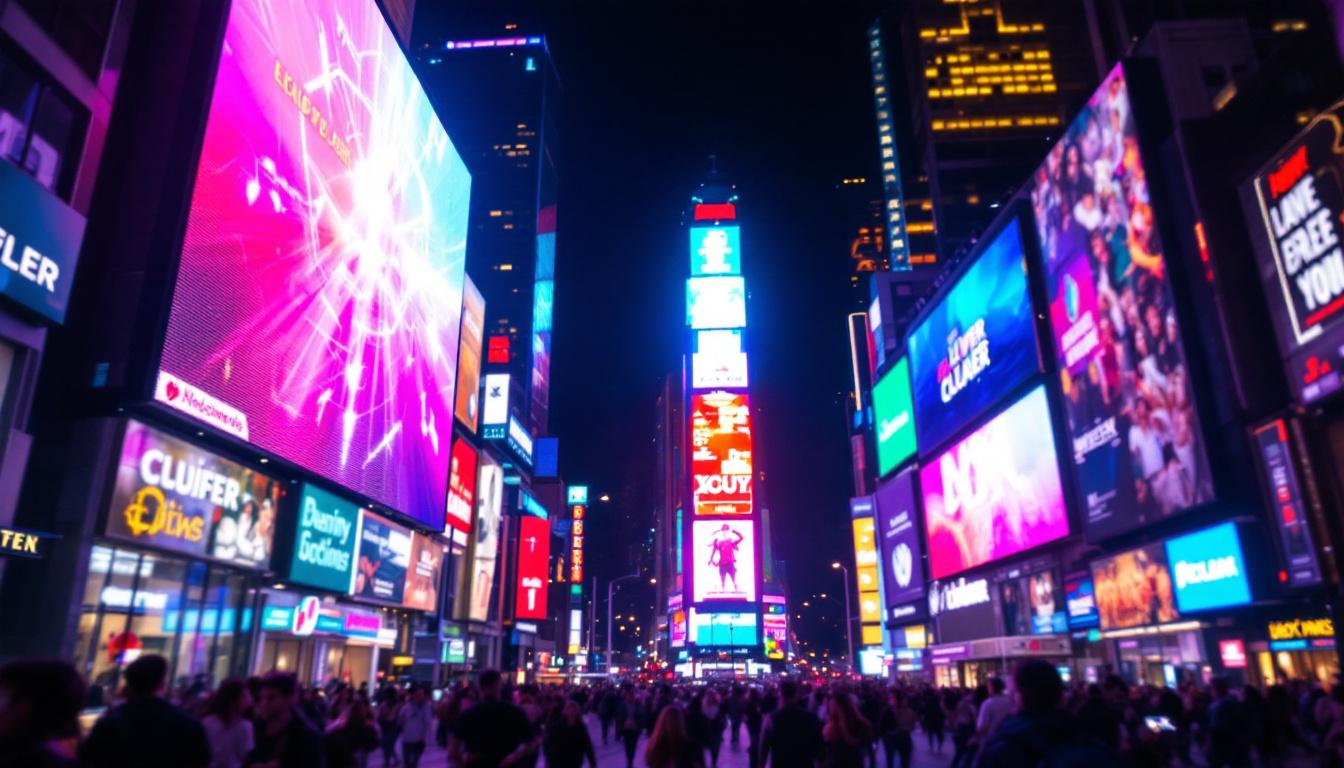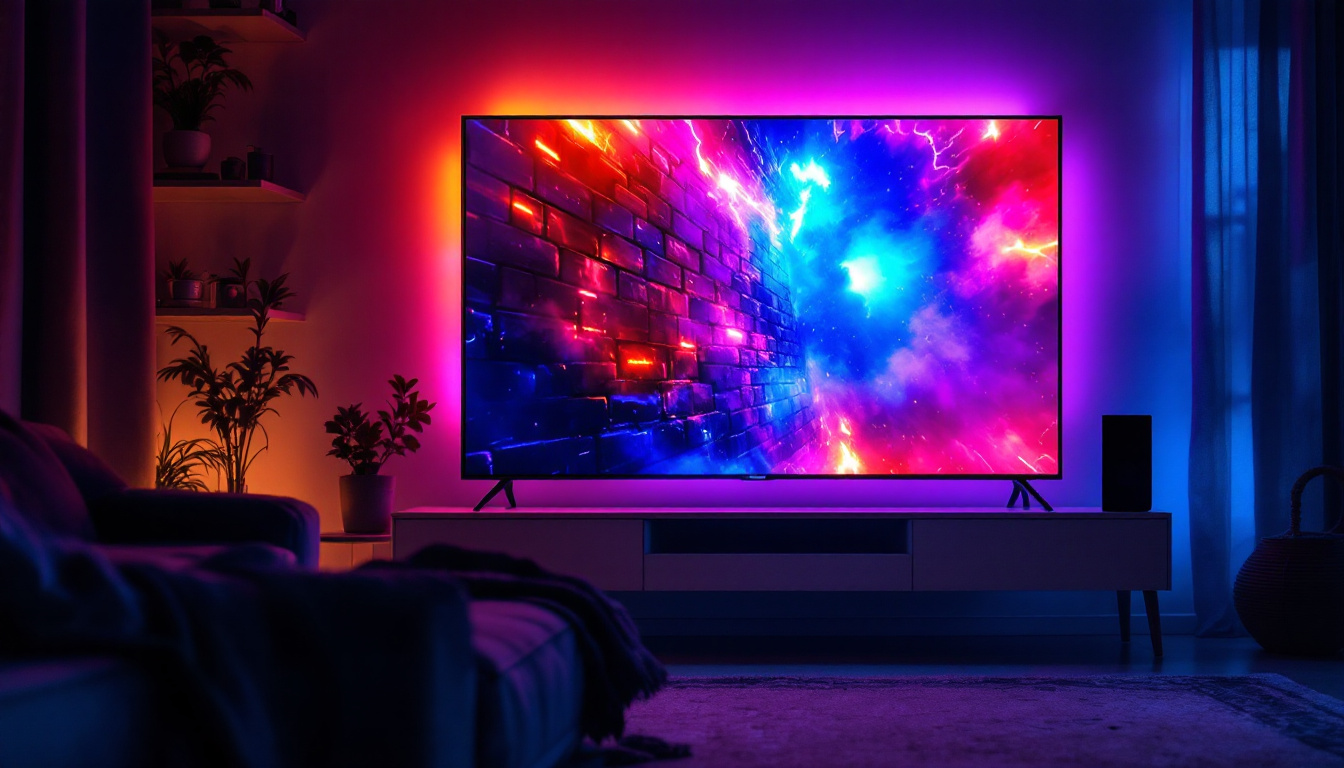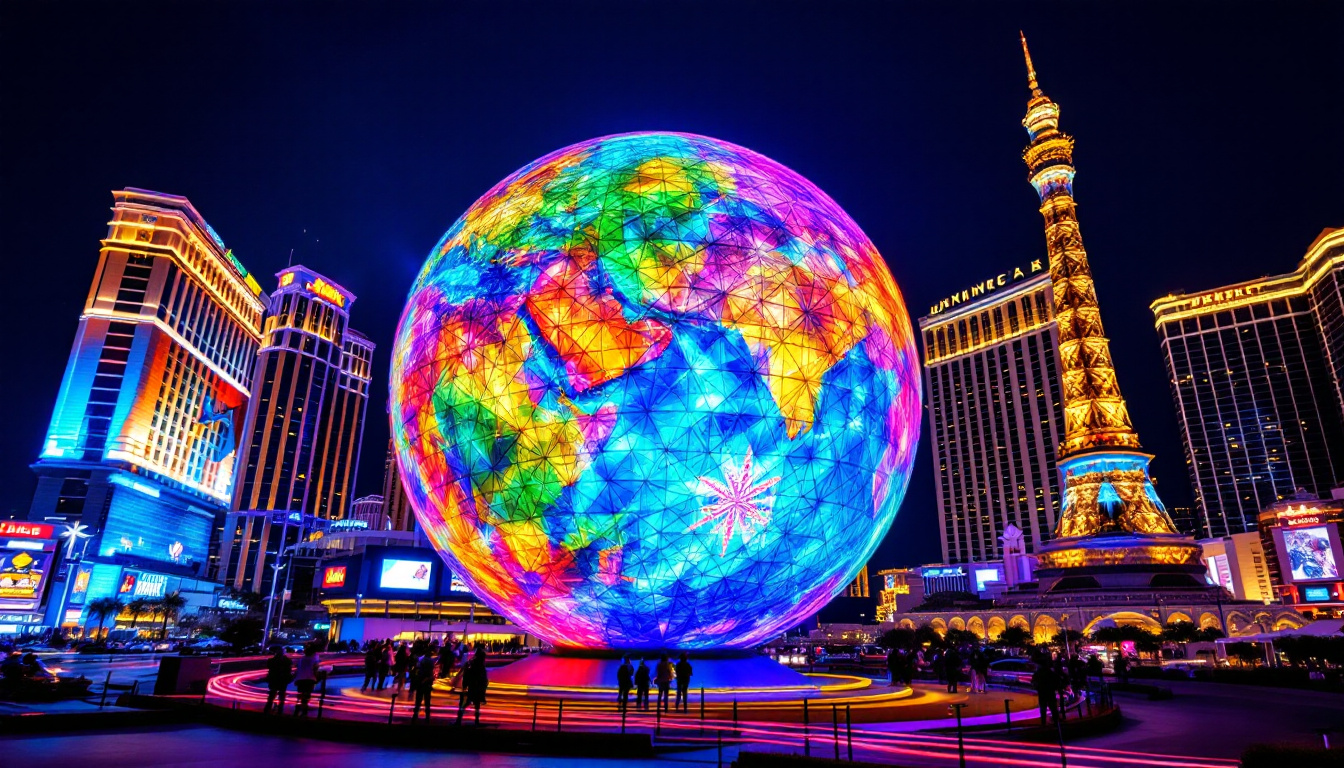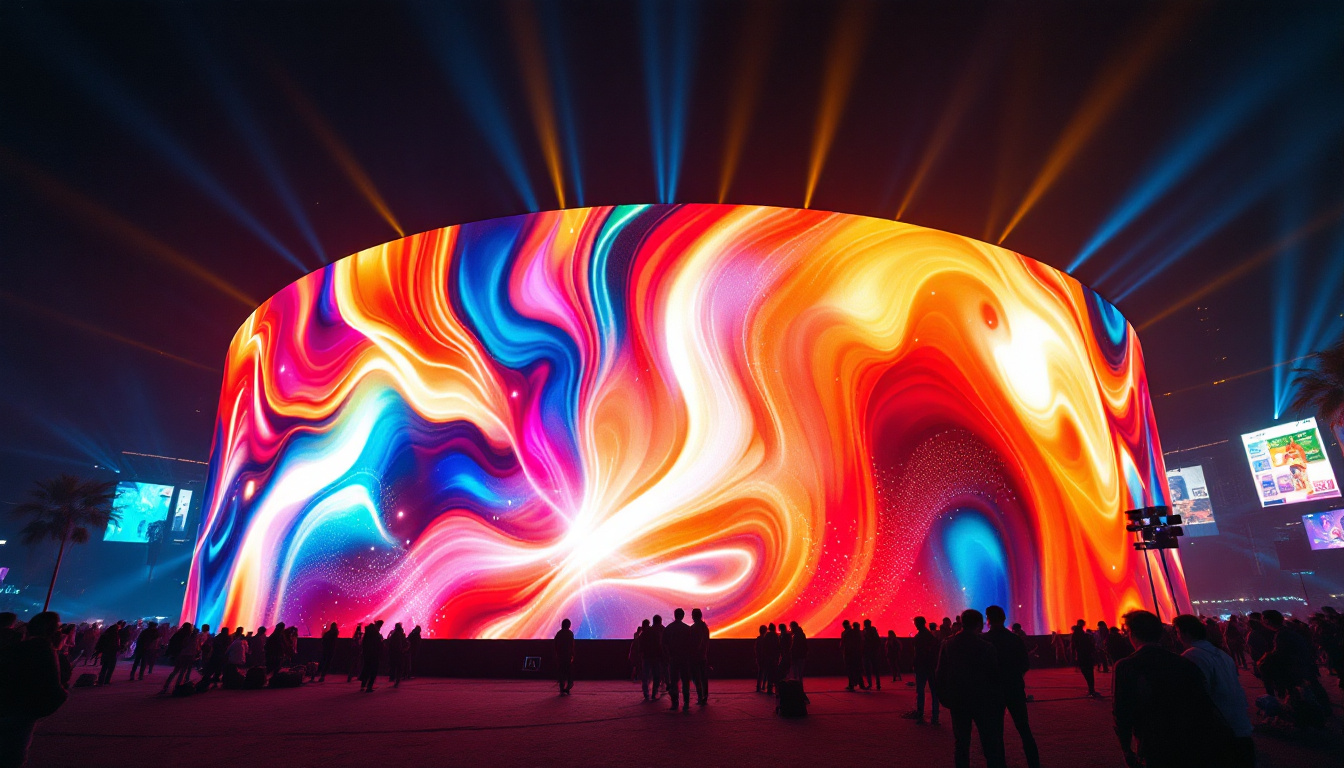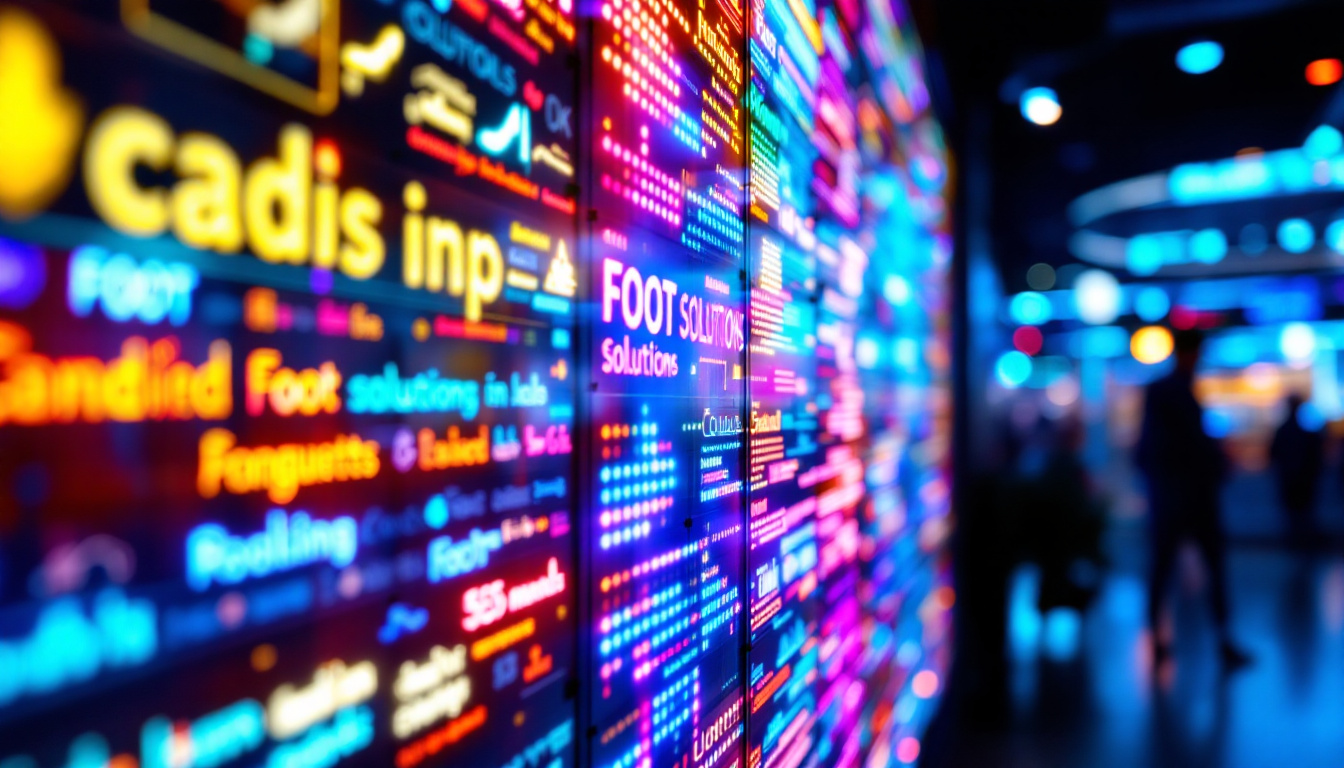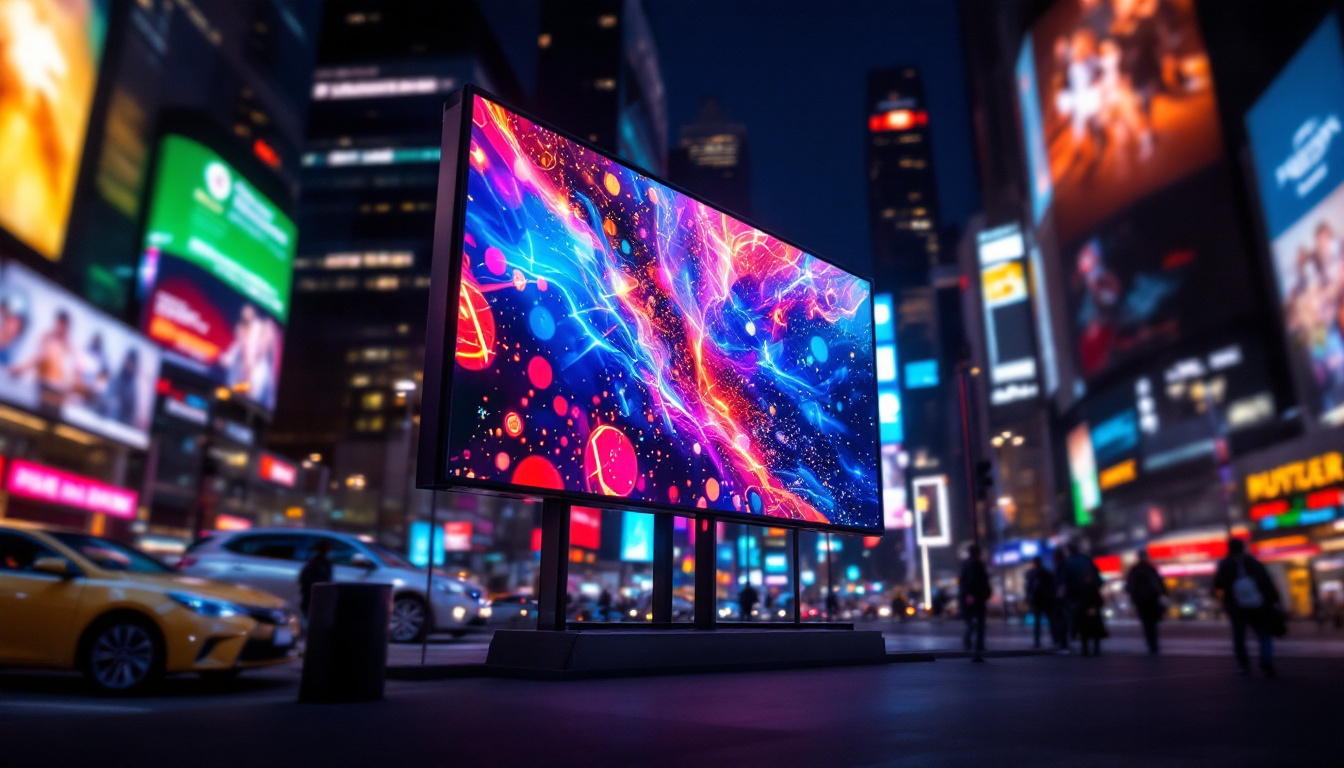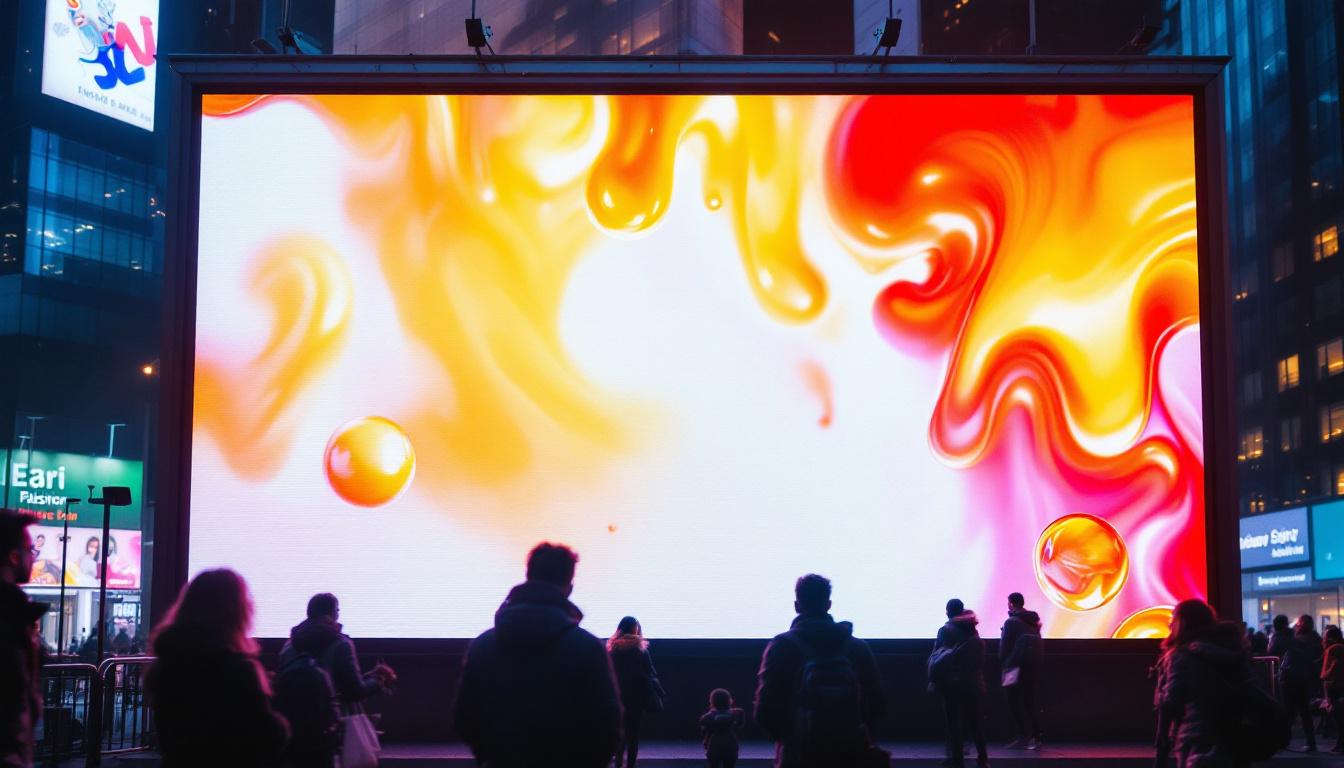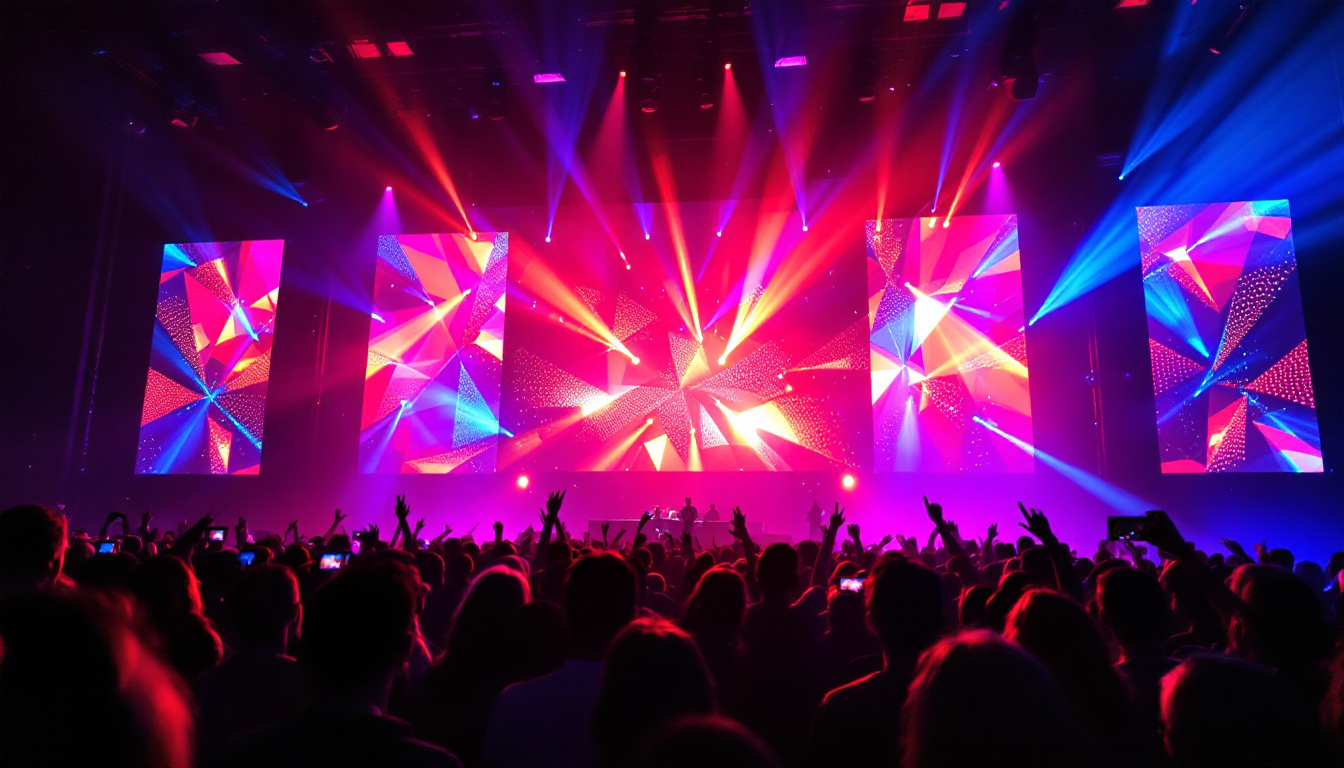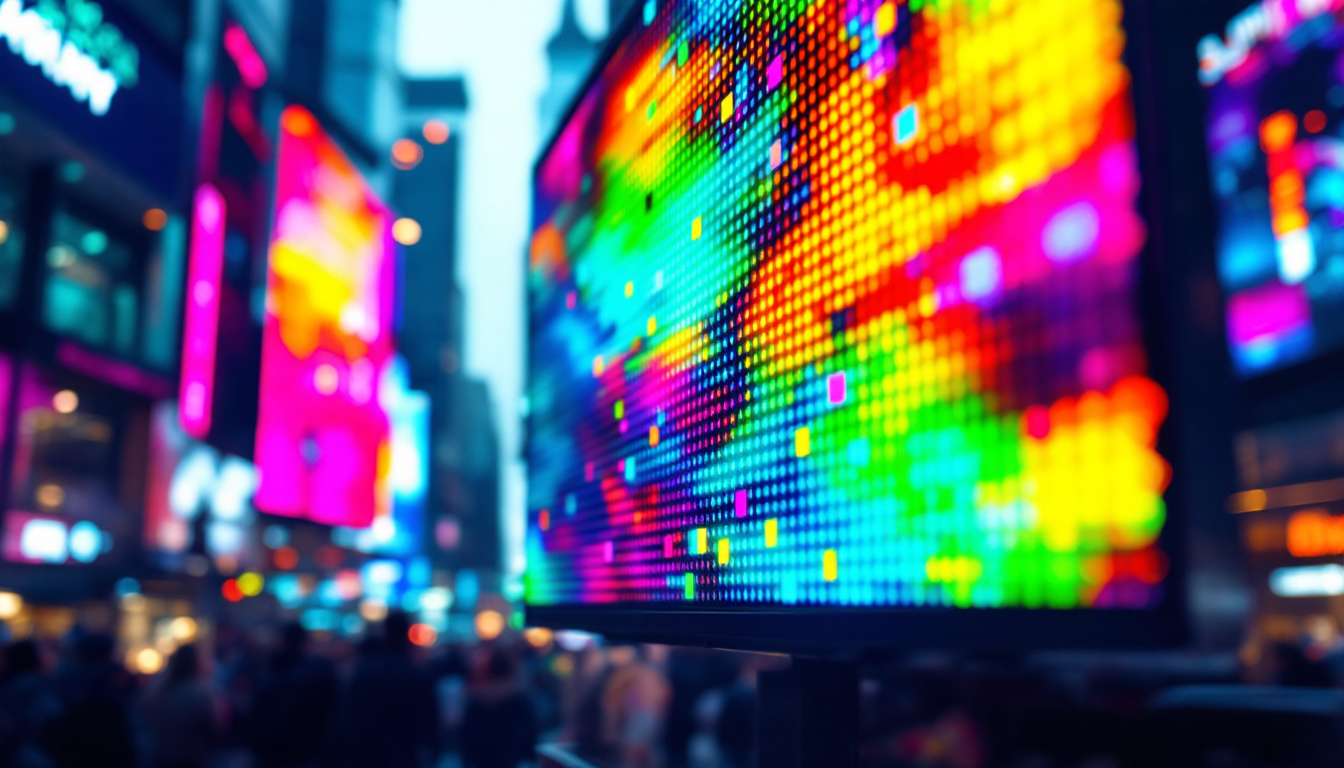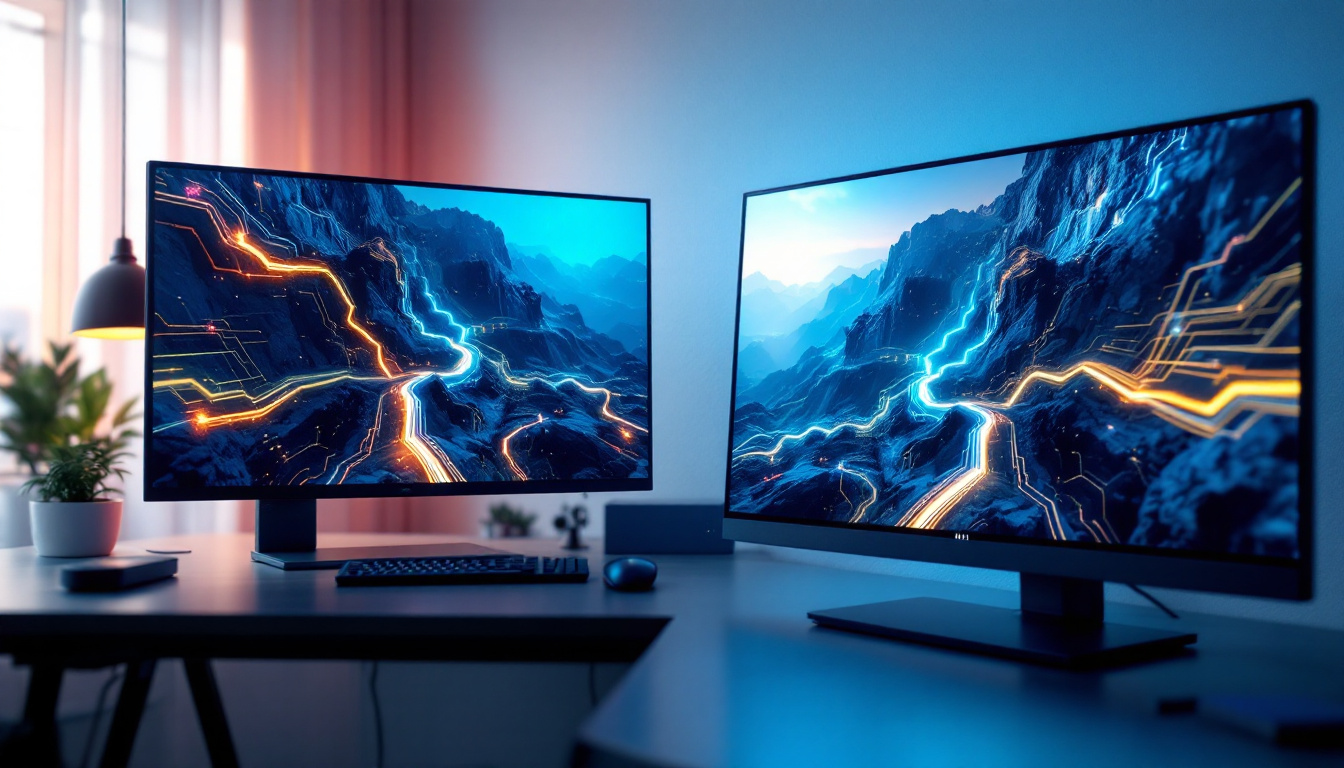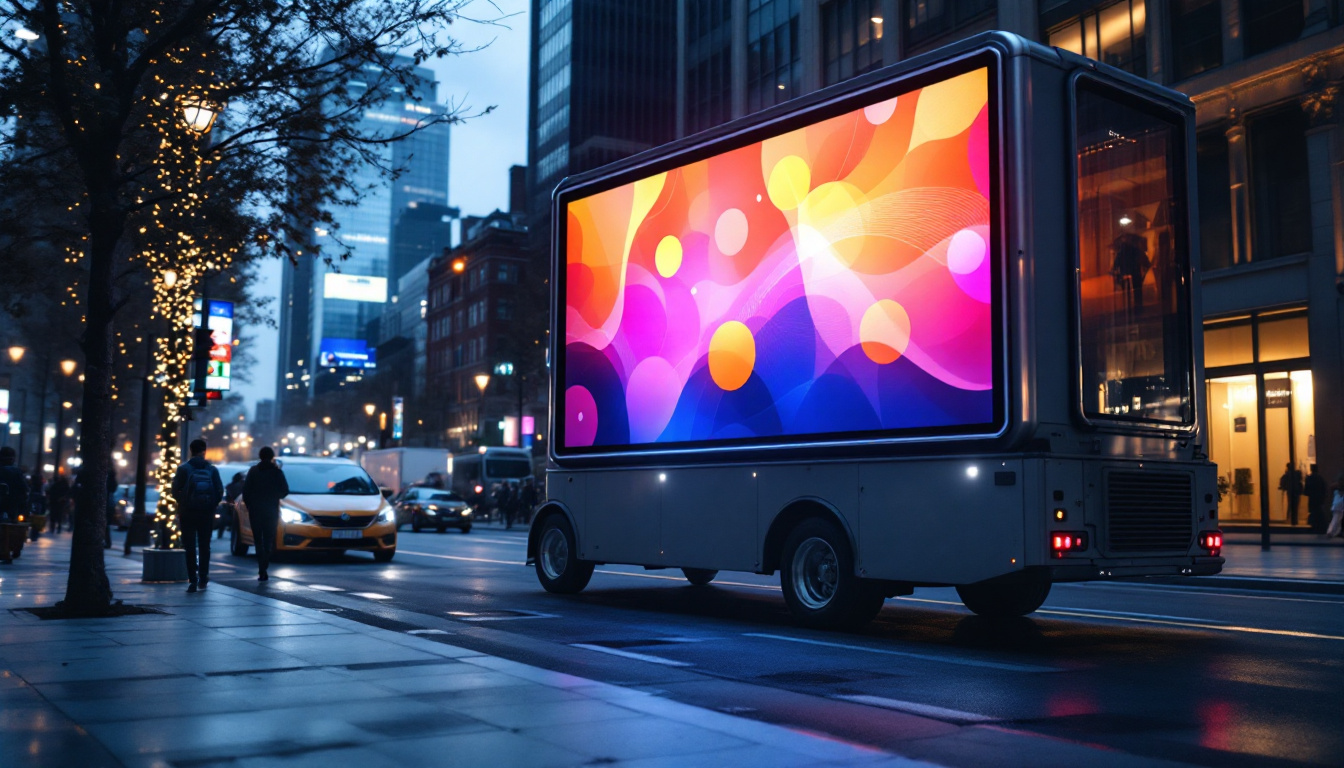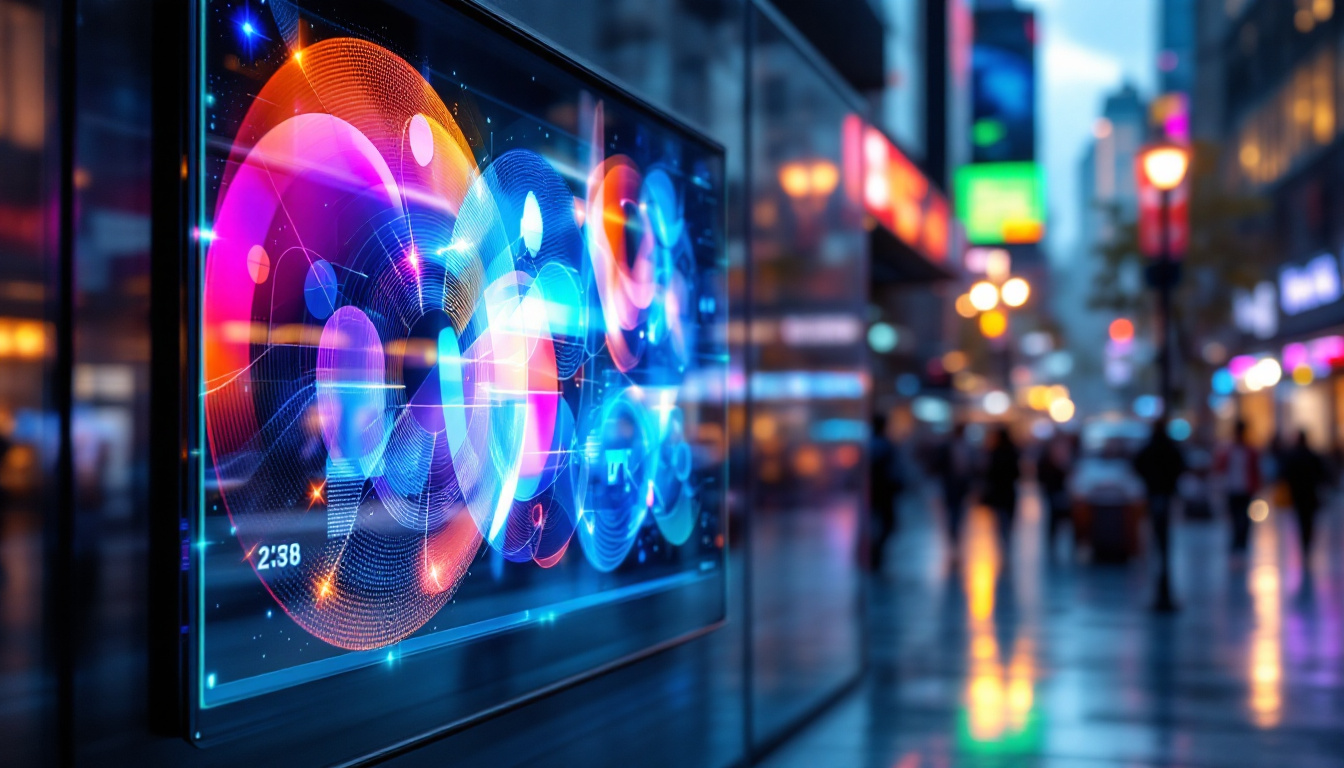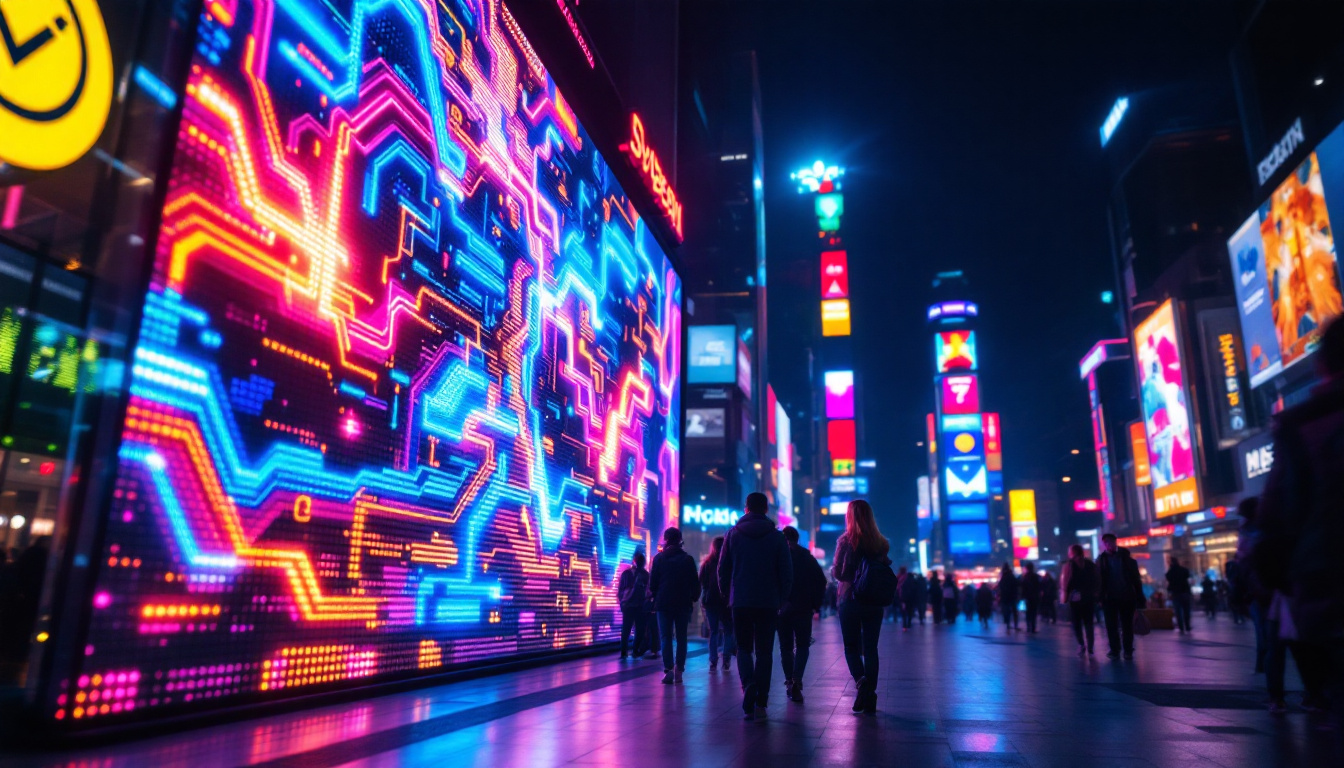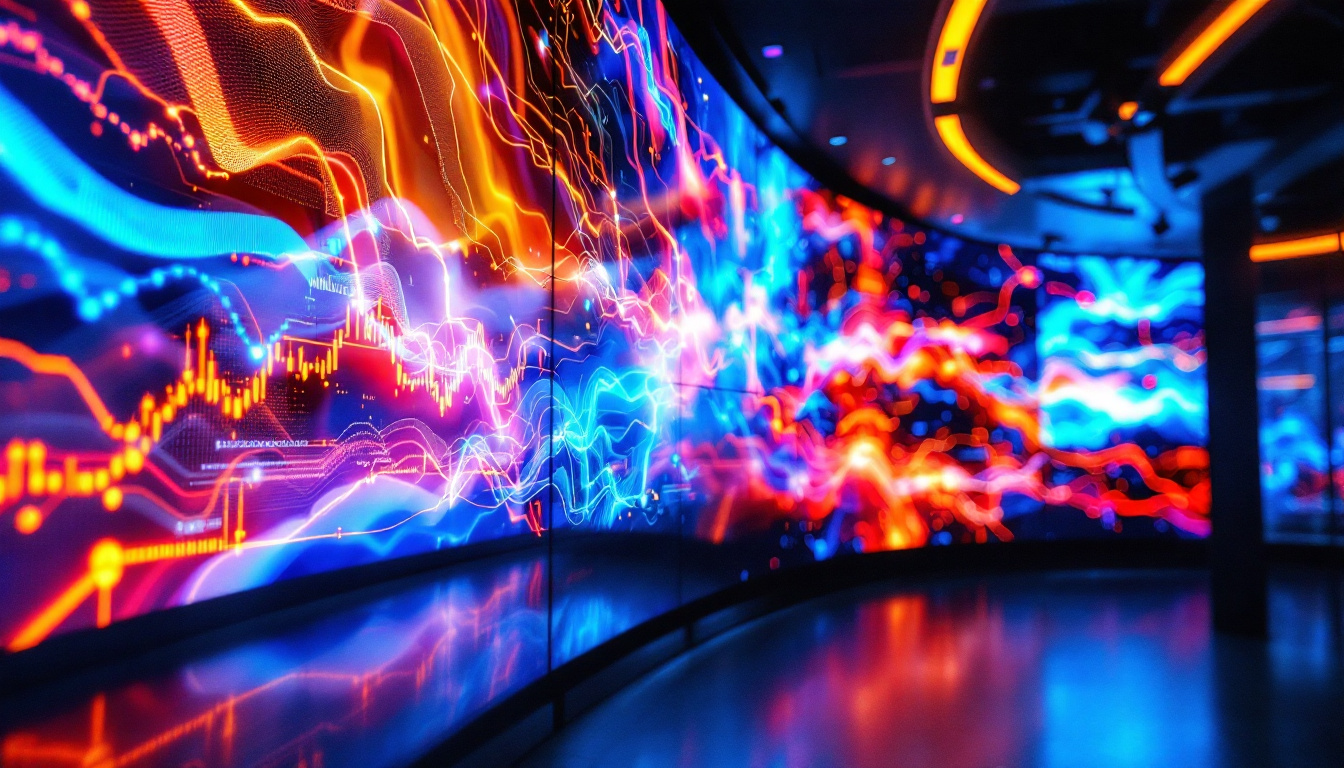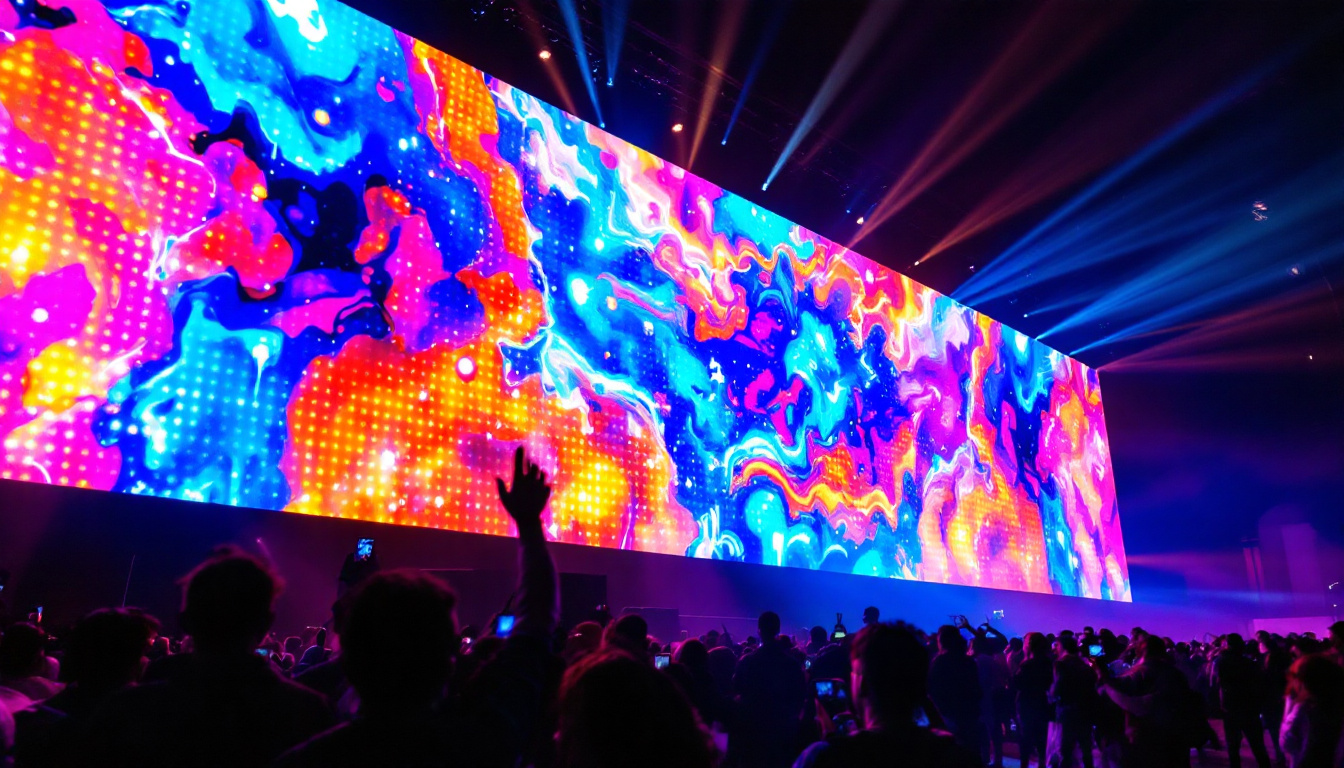In the world of audiovisual technology, LED displays have emerged as a transformative force, revolutionizing how information is presented and experienced. From large-scale outdoor billboards to intimate indoor screens, LED technology has become ubiquitous, enhancing visual communication across various sectors. This article delves into the intricacies of LED displays, exploring their functionality, advantages, and applications in different environments.
Understanding LED Technology
Light Emitting Diodes (LEDs) are semiconductor devices that emit light when an electric current passes through them. This fundamental principle underlies the operation of LED displays, which consist of numerous tiny LEDs arranged in a grid format. The combination of red, green, and blue (RGB) LEDs allows for the creation of a full spectrum of colors, enabling vivid and dynamic visuals. The efficiency of LEDs also plays a crucial role in their widespread adoption, as they consume significantly less power compared to traditional incandescent bulbs, making them an environmentally friendly option.
The Basics of LED Display Construction
LED displays are typically constructed using a matrix of pixels, where each pixel is made up of individual RGB LEDs. The resolution of an LED display is determined by the number of pixels it contains, with higher resolutions offering sharper images and finer details. For example, a display with a higher pixel density is ideal for close viewing distances, such as in conference rooms or retail environments. This pixel density is often measured in pixels per inch (PPI), with higher PPI values translating to more detailed images that can capture the viewer’s attention.
In addition to pixel configuration, LED displays can be categorized into two main types: direct view and rear projection. Direct view displays are commonly used for large outdoor screens, while rear projection displays are often found in controlled environments like theaters or conference rooms. Each type has its own set of advantages and limitations, making it essential to choose the right one based on the specific application. For instance, direct view displays are known for their brightness and visibility in daylight, while rear projection systems can offer superior color accuracy and contrast in darker settings.
How LED Displays Work
The operation of an LED display involves several key components, including the LED panel, a controller, and a power supply. The controller receives input signals from various sources, such as computers or video players, and translates them into a format that can be displayed on the screen. This process allows for real-time updates and dynamic content presentation, making LED displays highly versatile. Additionally, many modern LED displays are equipped with advanced processing capabilities that enable features like image scaling and color correction, further enhancing the viewer’s experience.
Moreover, the brightness and color of the displayed images can be adjusted through software, enabling users to optimize their visuals for different lighting conditions. This adaptability is one of the reasons why LED displays are favored in both indoor and outdoor settings. Furthermore, the longevity of LED technology means that these displays can operate for tens of thousands of hours without significant degradation in performance, making them a cost-effective solution in the long run. As a result, industries ranging from advertising to entertainment are increasingly relying on LED technology to deliver captivating content that engages audiences effectively.
Advantages of LED Displays
LED displays offer numerous advantages over traditional display technologies, making them a popular choice for various applications. Their unique features contribute to their growing prevalence in advertising, entertainment, and information dissemination.
Exceptional Brightness and Clarity
One of the standout features of LED displays is their exceptional brightness. Unlike LCD or projection systems, which can struggle in direct sunlight, LED displays maintain high visibility even in bright outdoor environments. This characteristic makes them ideal for advertising billboards, sports arenas, and outdoor events where visibility is paramount.
Additionally, LED displays provide excellent clarity and color accuracy. The ability to produce vibrant colors and deep blacks enhances the overall viewing experience, making them suitable for high-definition video content and intricate graphics.
Energy Efficiency and Longevity
Energy efficiency is another compelling advantage of LED technology. Compared to traditional display technologies, LED displays consume significantly less power, which translates to lower operational costs over time. This energy efficiency is particularly beneficial for large installations, where the cumulative savings can be substantial.
Furthermore, LED displays have a long lifespan, often exceeding 100,000 hours of use. This durability reduces the need for frequent replacements, making them a cost-effective solution in the long run. Their resilience to environmental factors, such as temperature fluctuations and humidity, further enhances their longevity.
Applications of LED Displays
The versatility of LED displays allows them to be utilized in a wide range of applications across various industries. From advertising to entertainment, their adaptability makes them a preferred choice for many organizations.
Advertising and Marketing
In the realm of advertising, LED displays have become an indispensable tool for marketers. Their ability to display dynamic content, such as videos and animations, captures the attention of passersby more effectively than static billboards. This engagement translates to higher brand visibility and improved customer interaction.
Moreover, LED displays can be easily updated remotely, allowing businesses to modify their advertising campaigns in real-time. This flexibility enables marketers to respond quickly to market trends or seasonal promotions, maximizing the impact of their advertising efforts.
Entertainment and Events
LED displays play a crucial role in the entertainment industry, particularly in concerts, festivals, and sporting events. Large-scale LED screens provide audiences with immersive experiences, enhancing the visual impact of performances and broadcasts. These displays can be configured in various shapes and sizes, allowing for creative staging and design.
Additionally, LED technology is widely used in indoor venues, such as theaters and arenas, where high-quality visuals are essential for audience engagement. The combination of bright colors and sharp images creates a captivating atmosphere, elevating the overall experience for attendees.
Corporate and Educational Settings
In corporate environments, LED displays are increasingly used for presentations, meetings, and information sharing. Their ability to present data visually enhances communication and collaboration among team members. Interactive LED displays, equipped with touch technology, allow for seamless presentations and brainstorming sessions.
Educational institutions also benefit from LED displays, which can be used for lectures, workshops, and events. The clarity and brightness of LED screens ensure that educational content is easily visible to all students, fostering a more engaging learning environment.
Challenges and Considerations
While LED displays offer numerous advantages, there are also challenges and considerations that potential users should be aware of. Understanding these factors can help organizations make informed decisions regarding their audiovisual investments.
Initial Costs and Investment
The initial cost of acquiring and installing LED displays can be relatively high, especially for large-scale installations. Organizations must weigh the long-term benefits against the upfront investment. However, it is essential to consider the total cost of ownership, which includes energy savings and reduced maintenance costs over time.
Additionally, the choice of LED display technology can impact costs. For instance, high-resolution displays may be more expensive but provide superior image quality, making them worth the investment for certain applications.
Technological Advancements
The rapid pace of technological advancements in the LED industry means that new features and capabilities are constantly emerging. Organizations must stay informed about the latest developments to ensure they are making the best choices for their needs. This includes understanding the differences between various LED technologies, such as SMD (Surface Mount Device) and DIP (Dual In-line Package), and how they impact performance.
Furthermore, as LED technology continues to evolve, older models may become outdated, necessitating upgrades or replacements. Organizations should consider the longevity of their investment and whether the technology will remain relevant in the coming years.
Future Trends in LED Display Technology
The future of LED display technology is bright, with several trends poised to shape its evolution in the coming years. As industries continue to embrace digital transformation, LED displays will play a pivotal role in enhancing communication and engagement.
Integration with Smart Technology
One of the most significant trends is the integration of LED displays with smart technology. As the Internet of Things (IoT) continues to expand, LED displays will increasingly be connected to networks, enabling real-time data sharing and interactivity. This integration will allow for more personalized content delivery, enhancing user experiences in retail, advertising, and corporate environments.
For instance, smart LED displays can utilize data analytics to tailor content based on audience demographics, weather conditions, or time of day. This level of customization can significantly improve engagement and effectiveness in communication.
Advancements in Resolution and Flexibility
As consumer demand for high-quality visuals grows, advancements in resolution and flexibility are expected to continue. The development of microLED and miniLED technologies promises to deliver even higher resolutions and improved color accuracy, pushing the boundaries of what is possible with LED displays.
Additionally, flexible LED displays are gaining traction, allowing for creative applications in architecture and design. These displays can be bent or shaped to fit unconventional spaces, opening up new possibilities for visual storytelling and branding.
Conclusion
LED displays have transformed the landscape of visual communication, offering unparalleled brightness, clarity, and versatility. Their applications span a wide range of industries, from advertising and entertainment to corporate and educational settings. While there are challenges to consider, the benefits of LED technology far outweigh the drawbacks for most organizations.
As the industry continues to evolve, staying informed about advancements in LED technology will be crucial for maximizing its potential. By embracing the future of LED displays, organizations can enhance their communication strategies, engage their audiences, and ultimately achieve their goals more effectively.
In summary, the AV department’s exploration of LED displays reveals a technology that is not only innovative but also essential in today’s fast-paced digital world. With their unique capabilities, LED displays are set to remain at the forefront of audiovisual technology for years to come.
Illuminate Your Space with LumenMatrix
Ready to elevate your visual communication with the cutting-edge technology of LED displays? LumenMatrix is at the forefront of LED innovation, offering a diverse range of solutions tailored to your needs. From vibrant Indoor LED Wall Displays to dynamic Outdoor LED Wall Displays, and from mobile Vehicle LED Displays to interactive Floor LED Displays, our products are designed to captivate and engage. Discover how LumenMatrix can transform your space and bring your vision to life. Check out LumenMatrix LED Display Solutions today and step into the future of digital signage.

